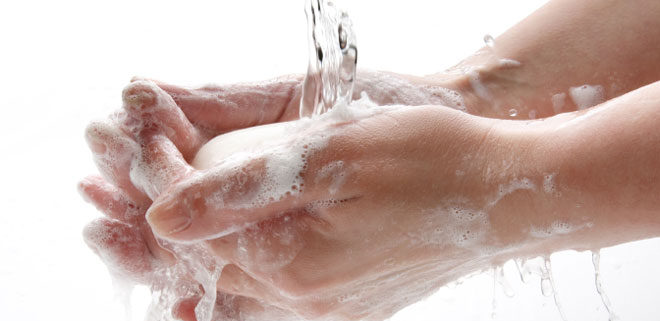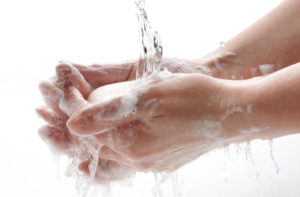Latest Articles
See our news and educational articles for relevant topics about cleaning. Find out more about our services and contact us for a quote!
Handwashing: the DIY Vaccine
According to the CDC– Hand washing, although a simple thing, is actually like your very own “do-it-yourself vaccine.” Studies have show that by thoroughly washing your hands reduces the risk, and spread, of intestinal and respiratory illnesses.
How to Correctly Wash Your Hands:
Paying attention to washing your hands correctly is key… yes, there is a right way to do it. Remember you are your own DIY vaccine. The CDC recommends the following helpful tips on how to wash your hands:
Begin by wetting hands with clean, running water. The water can be warm, or cold. Either are fine.
Lather soap by rubbing hands together, and make sure that the lather covers all area of your hands. Make sure to fully lather between your fingers
Scrub for a minimum of 20 seconds. CDC recommends timing it, by humming Happy Birthday (from beginning to end) twice.
Then, rinse under clean, running water.
Dry hands with a clean towel, or paper towel. If not available, allow to air dry.
You Should Always Wash Your Hands, When:
- Before, during and after food preparation
- Before eating food
- After using the toilet, changing diapers, and cleaning up after children who have just used the bathroom.
- After handling garbage
- After handling animal waste
- When handling fertilizers, or animal feed
- After handling pet foods, or pet treats
- When caring for someone sick– before and after
- When blowing your nose, coughing, or after sneezing
- Whenever treating a cut, wash hands before and after.
How Long Do Viruses Live on Surfaces?
By LiamBean
The Ebola virus, also called the Ebola Virus Disease or EVD, is still a relatively new discovery. Due to this fact, information on this virus may undergo changes as more data becomes available.
The “Life” Expectancy of a Virus Varies
First, there is still some disagreement as to whether a virus is actually alive. This is primarily due to the fact that a virus does not have mitochondria, the mechanism that powers a cell. For this reason “viability” is often the word used to describe the survival rate (life) of a virus as opposed to “life*.”
Due to a number of factors, such as internal structure, outer coating, and environment conditions, viruses display a huge range of time in how long they can persist in an infectious state. Some viruses require water to remain viable, others require a particular temperature range, others still do better out of direct light.
In almost all cases, viruses can be killed by tearing apart their structure. Substances that can have this effect on a virus include soap, bleach, and the UV rays from sunlight.
* Note that scientists are somewhat divided on whether or not a virus is actually a living thing. Some claim that the fact that it contains RNA means it is living. Others claim that since it lacks mitochondria (the powerhouse of living cells) it is a non-living particle similar to a crystal.



